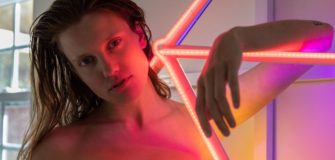A Light in the Dark: Lisa Kaw Talks OCD and ART
Share
Reading Time: 10 minutes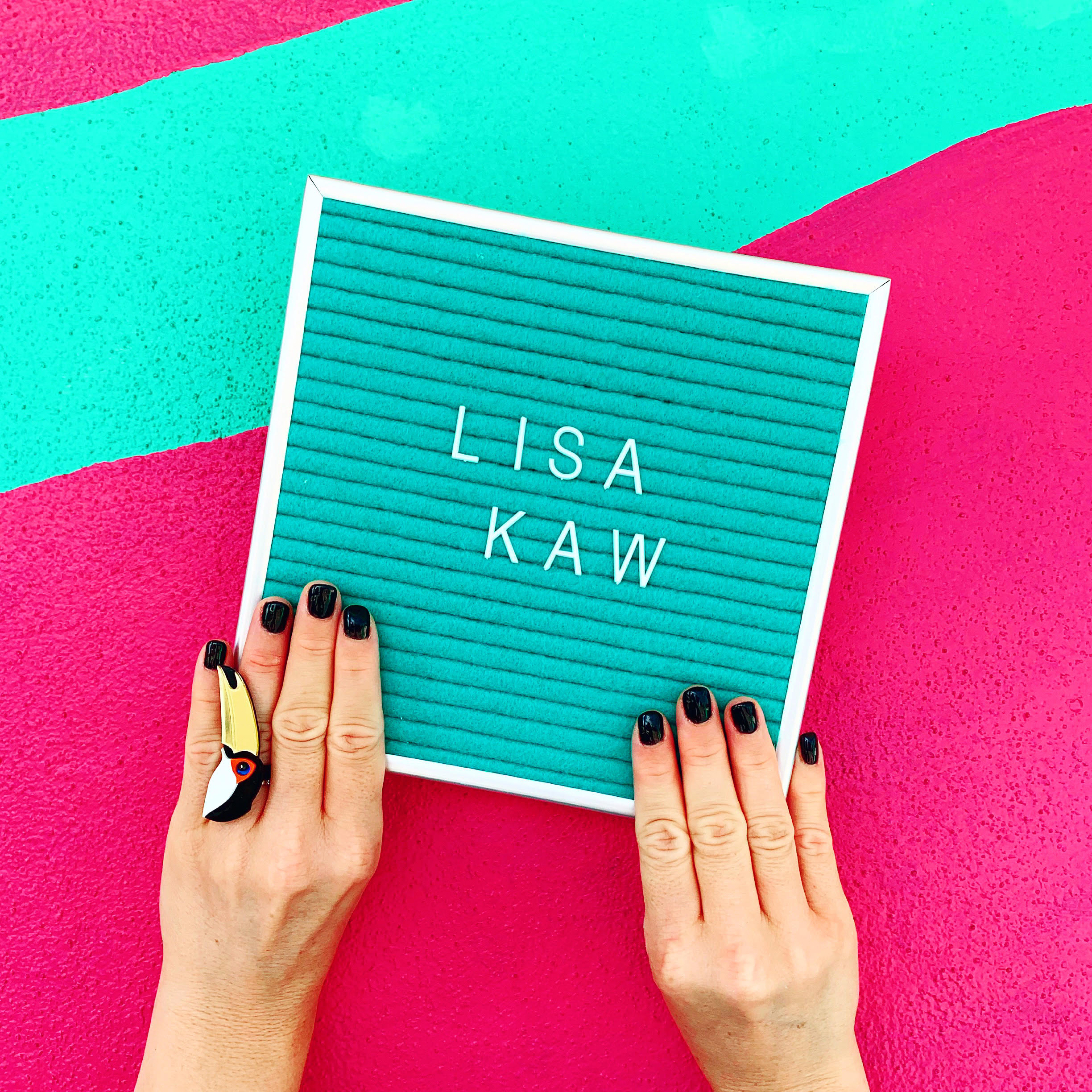
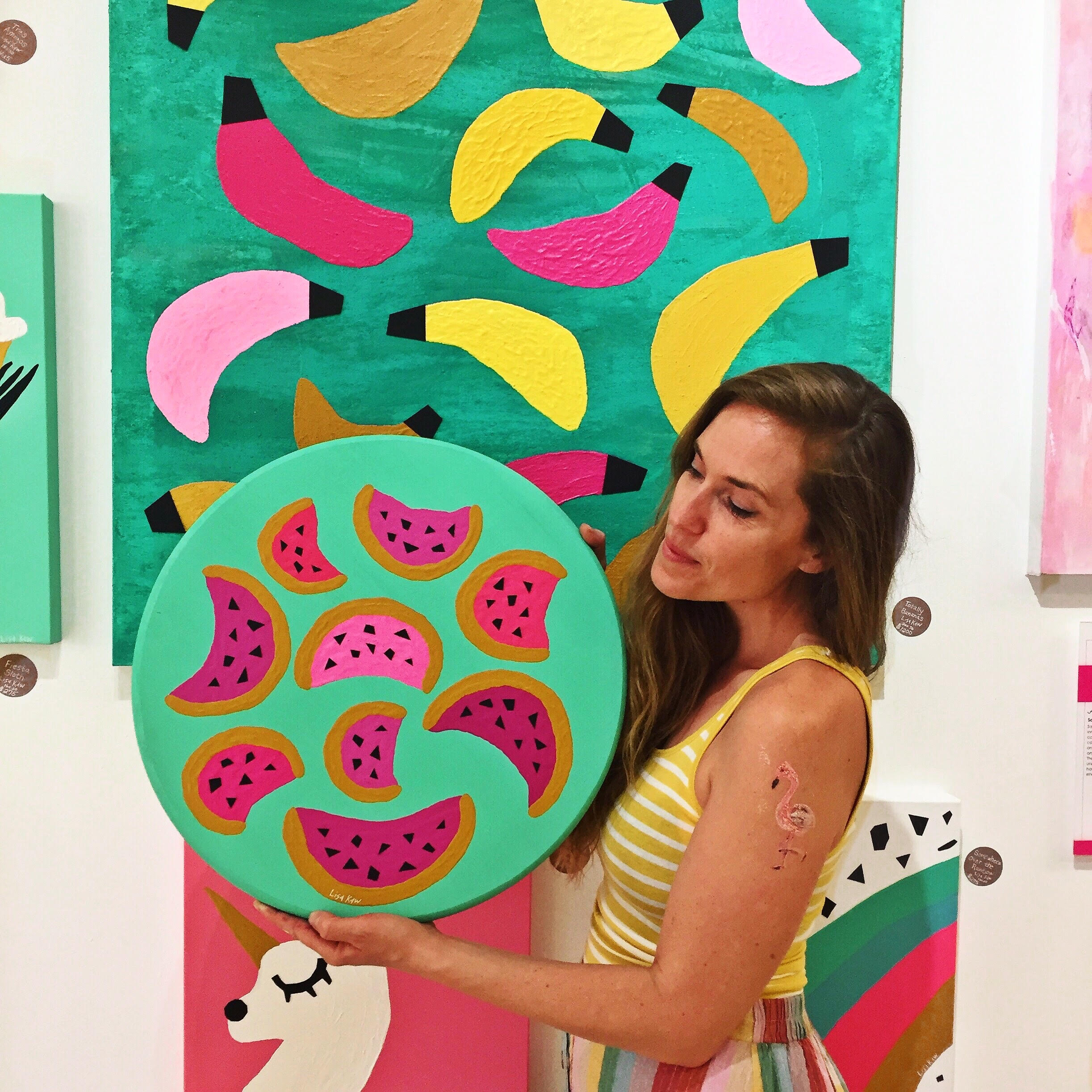
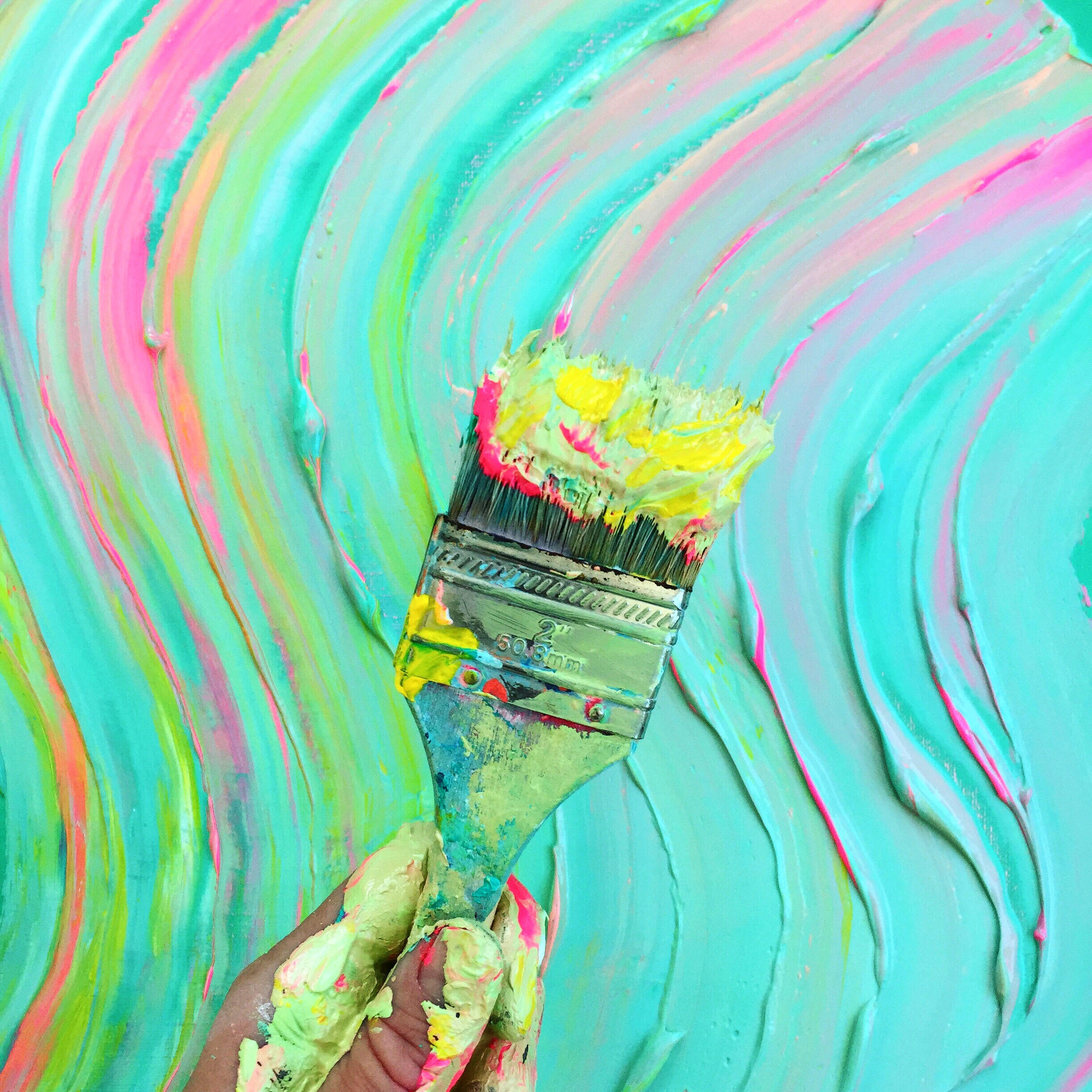
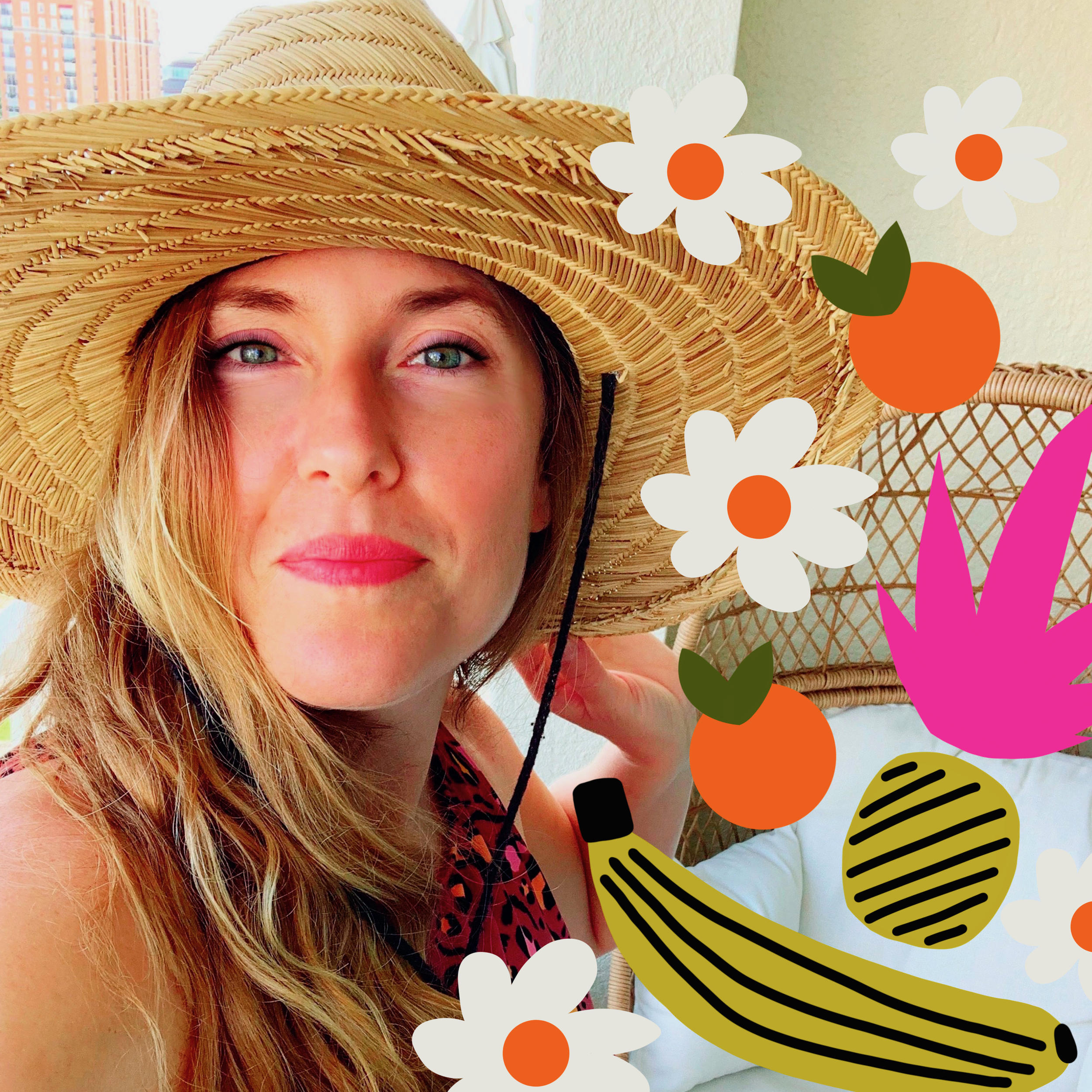
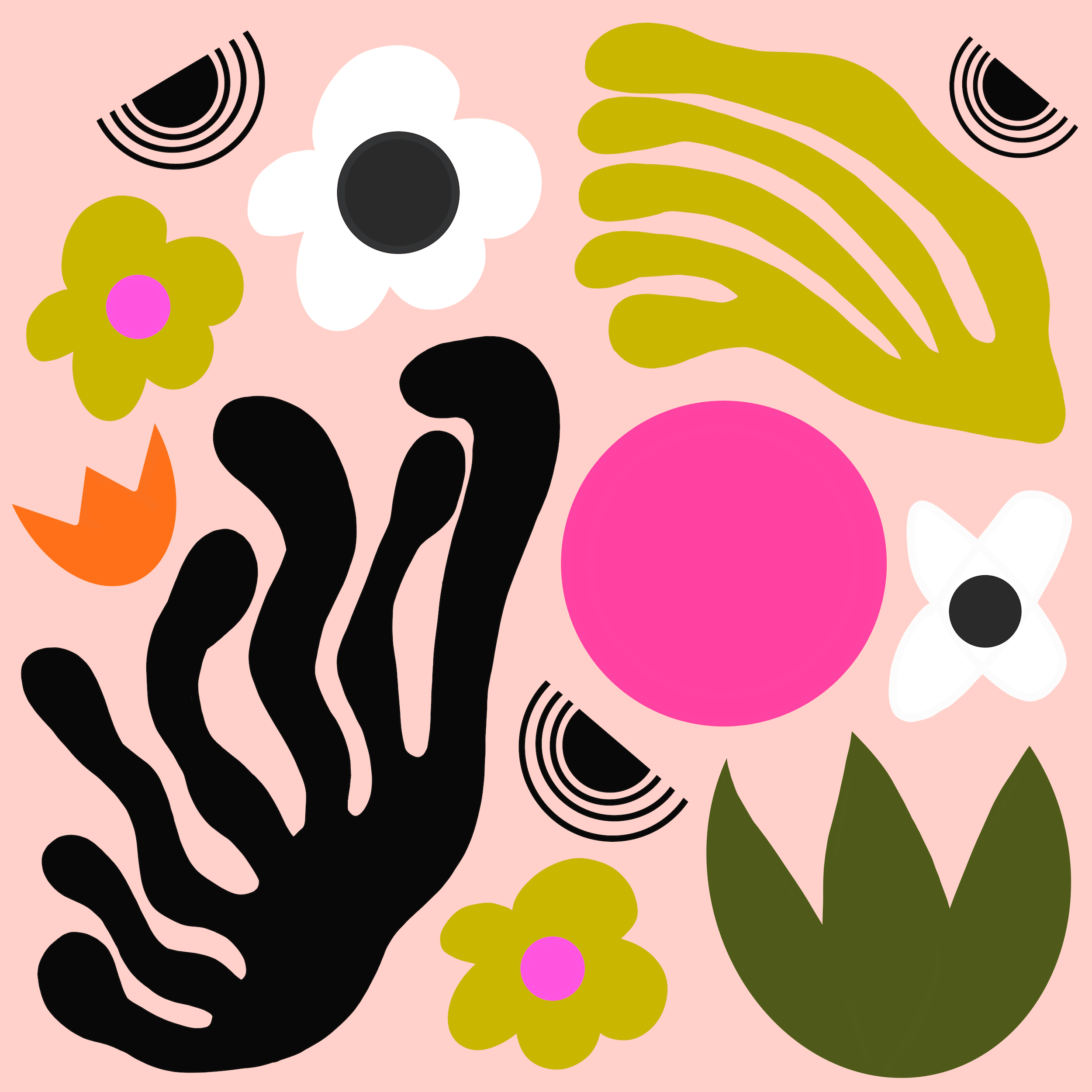
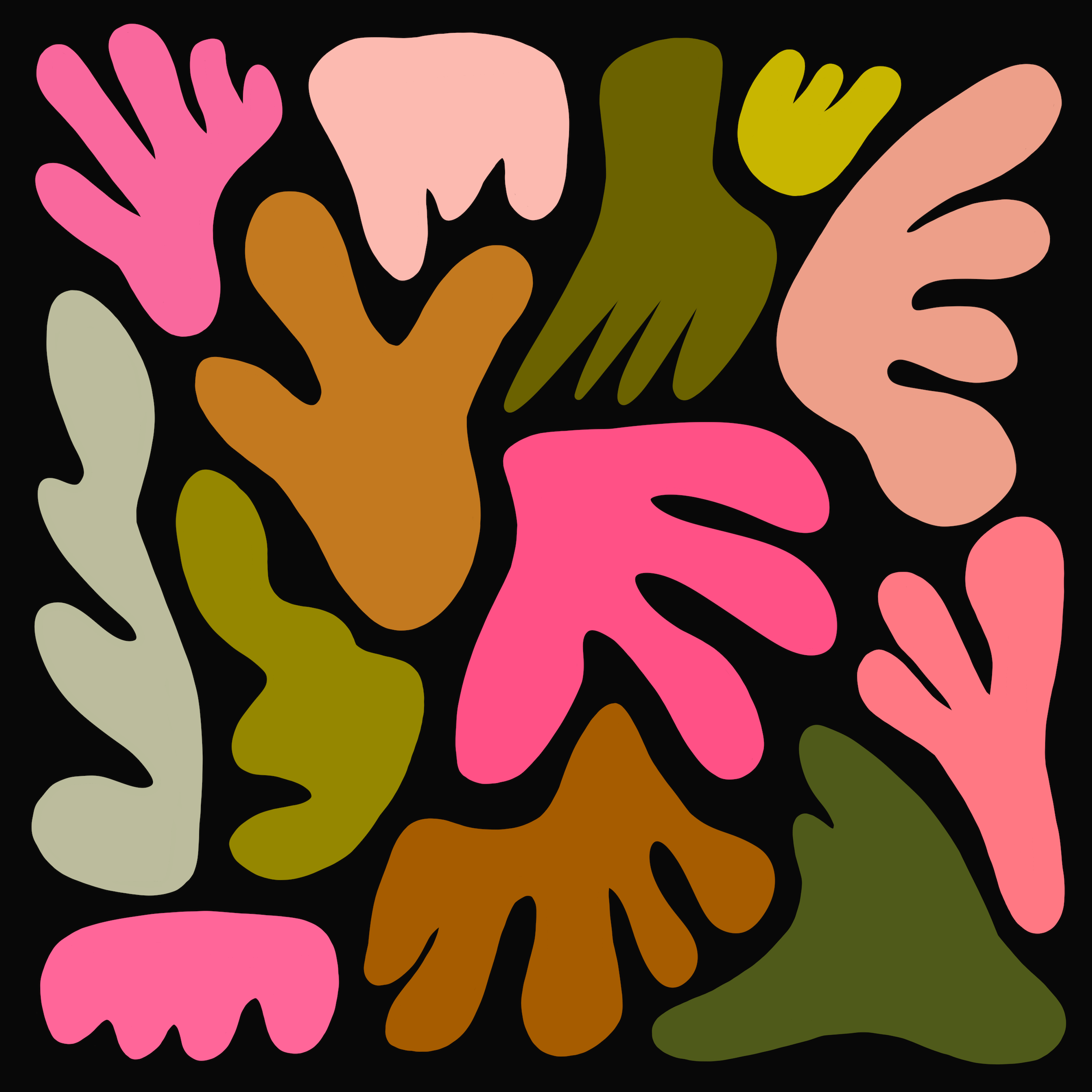
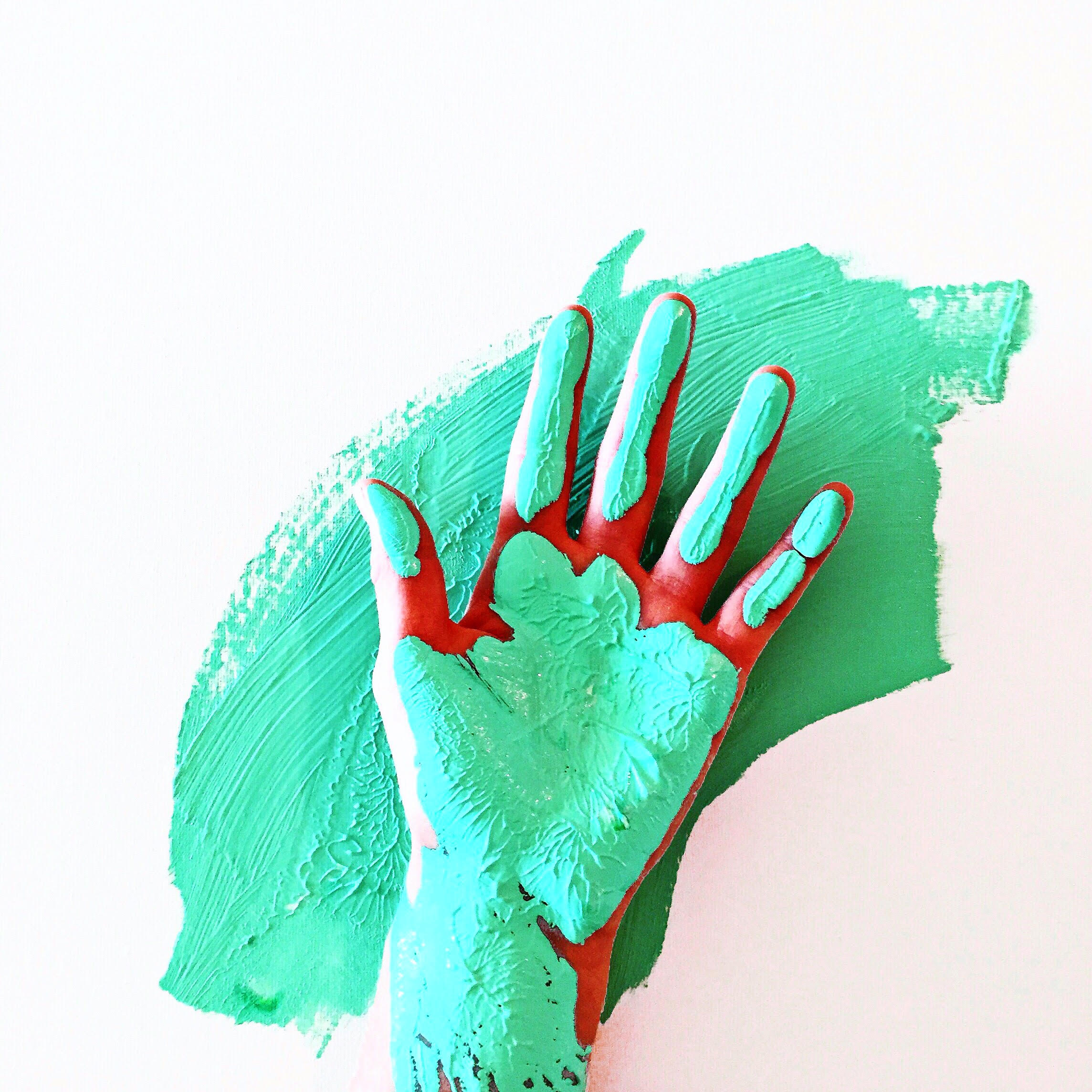
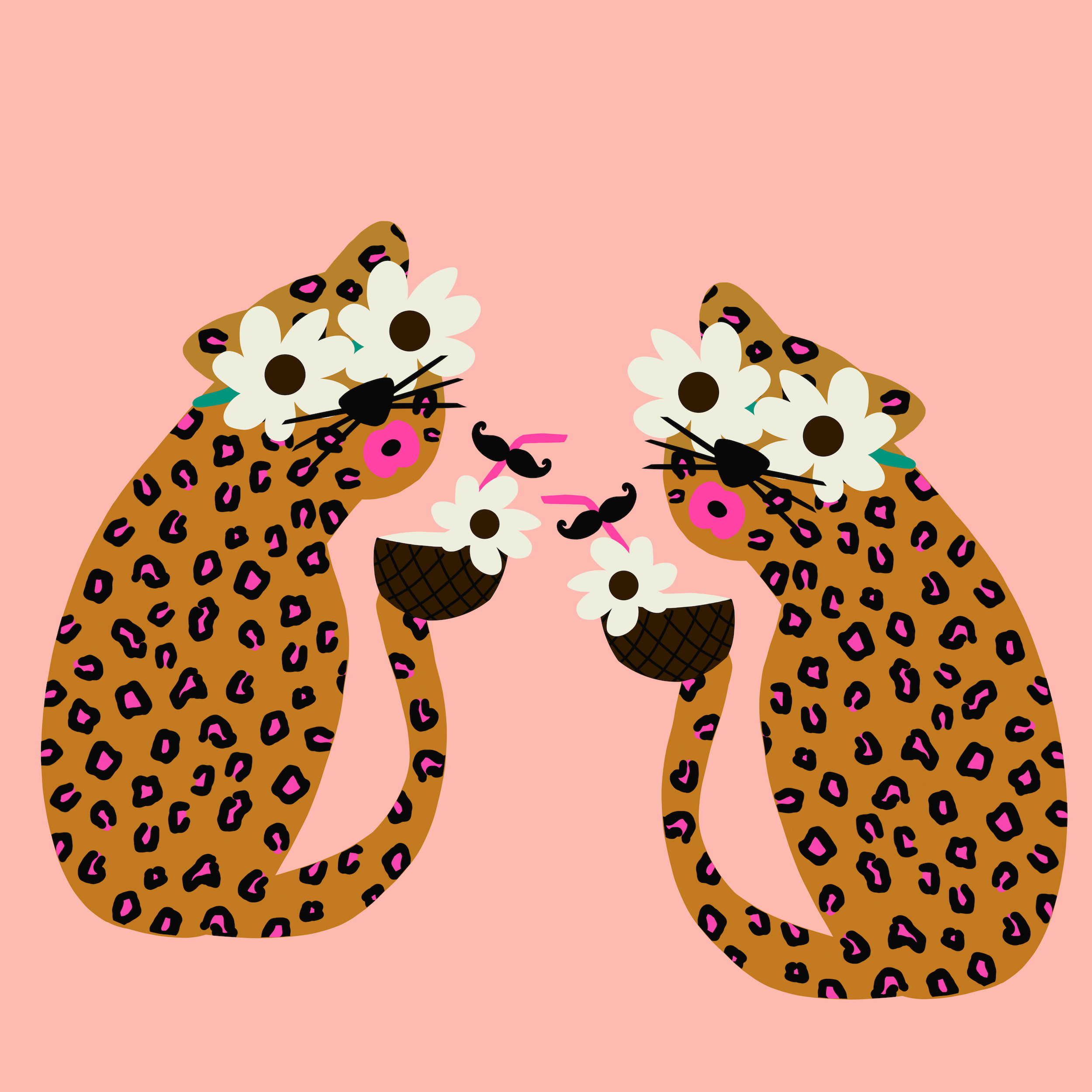
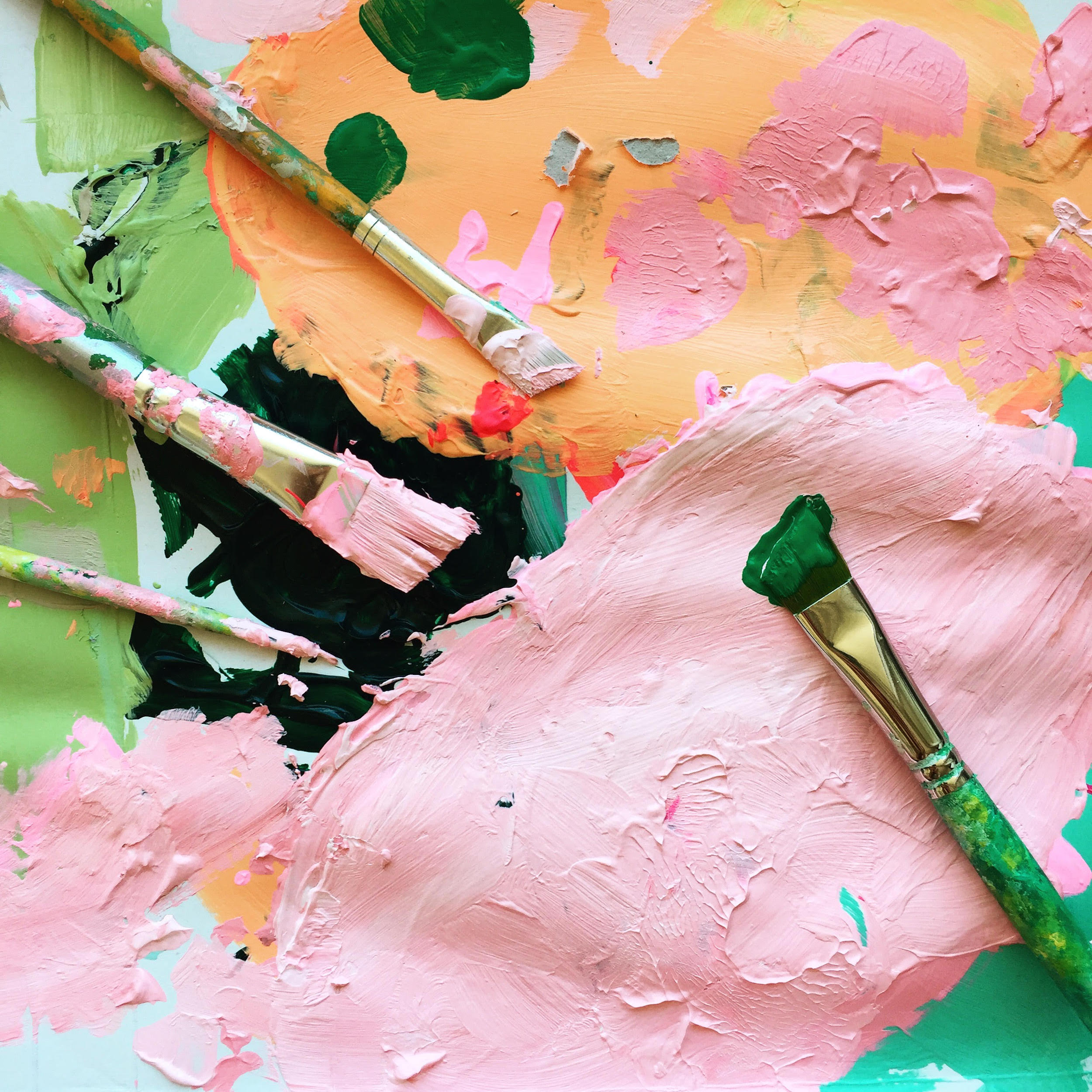
Besides making art, are there other things you do to improve your mental health?
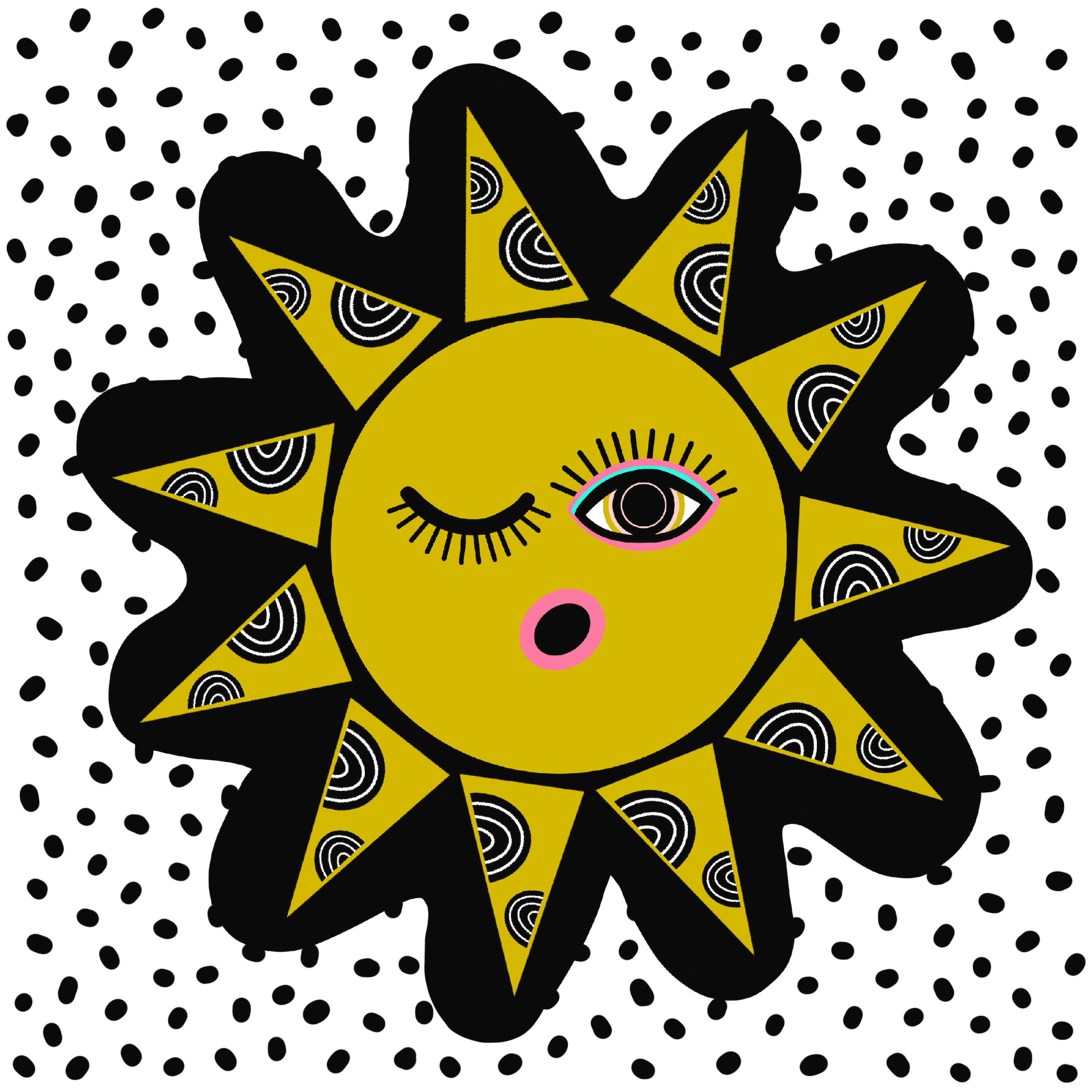
Art is an experience that is unique to each viewer, almost making the art you create a little different each time it’s viewed. How do you hope the end-viewer is seeing your art?
Mental health has been a rare topic up until very recently, what do you wish people knew about your experience with OCD that they might not?
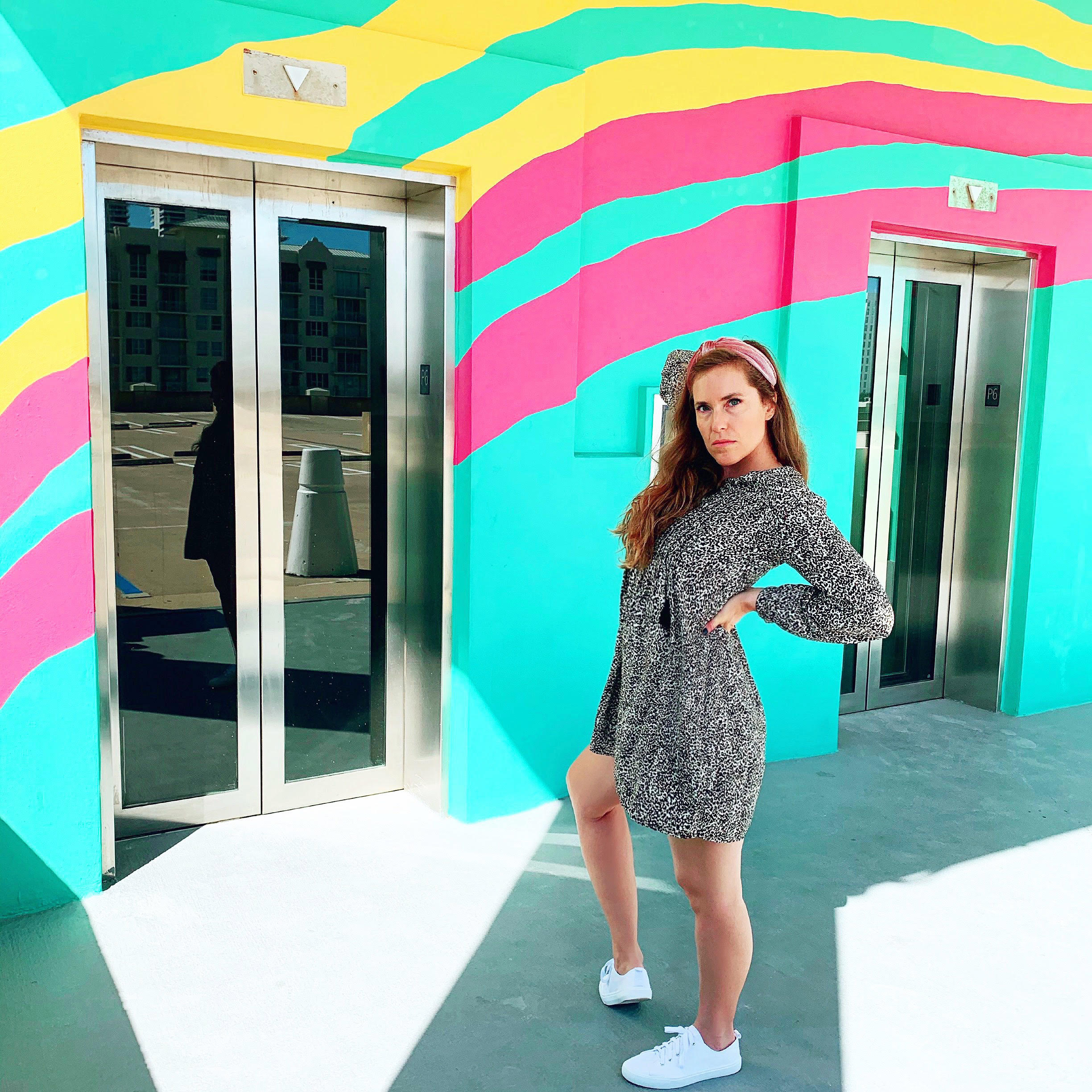
If you could paint on absolutely ANYTHING in the entire world, no limitations, not even gravity, what would you paint and why?
What keeps you motivated?
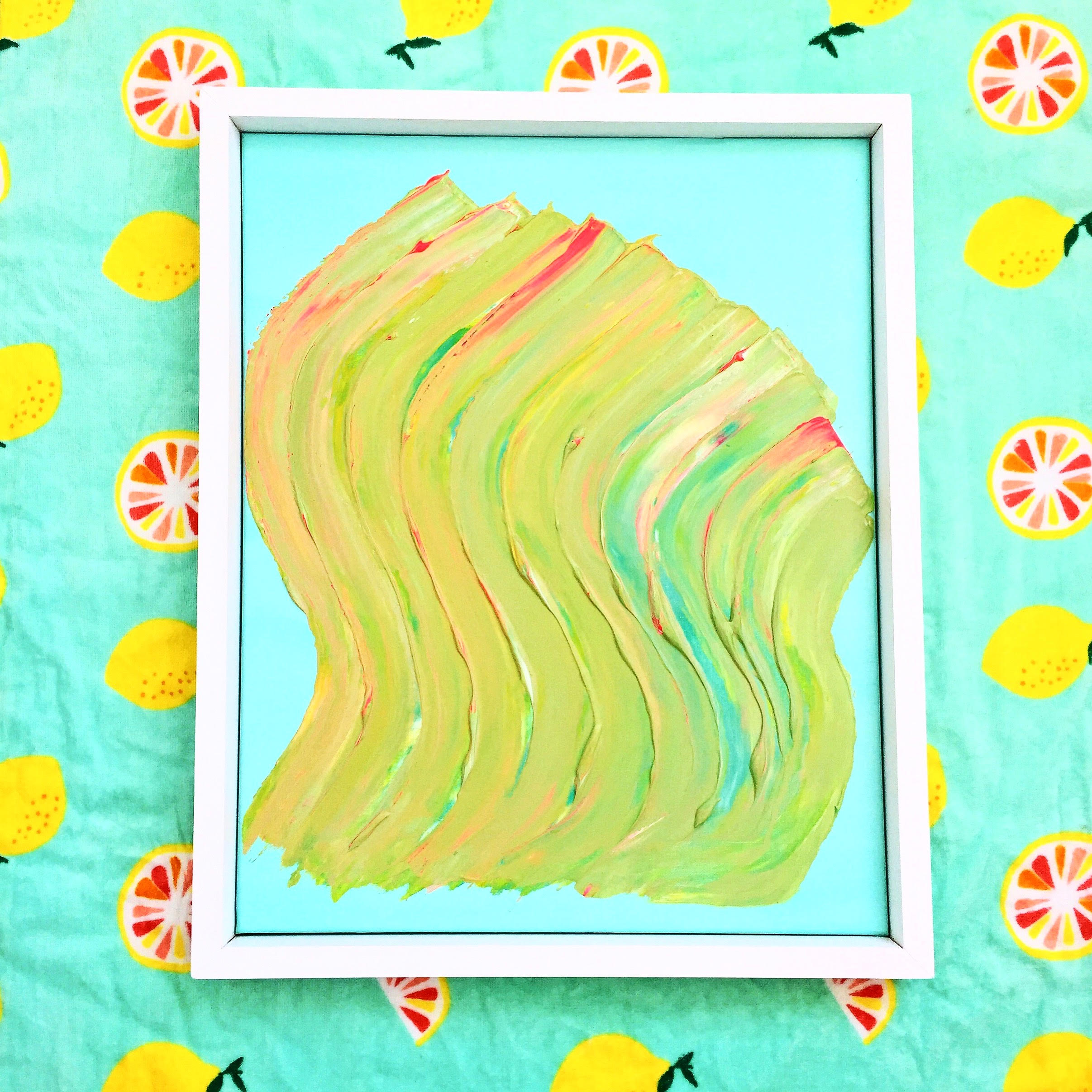
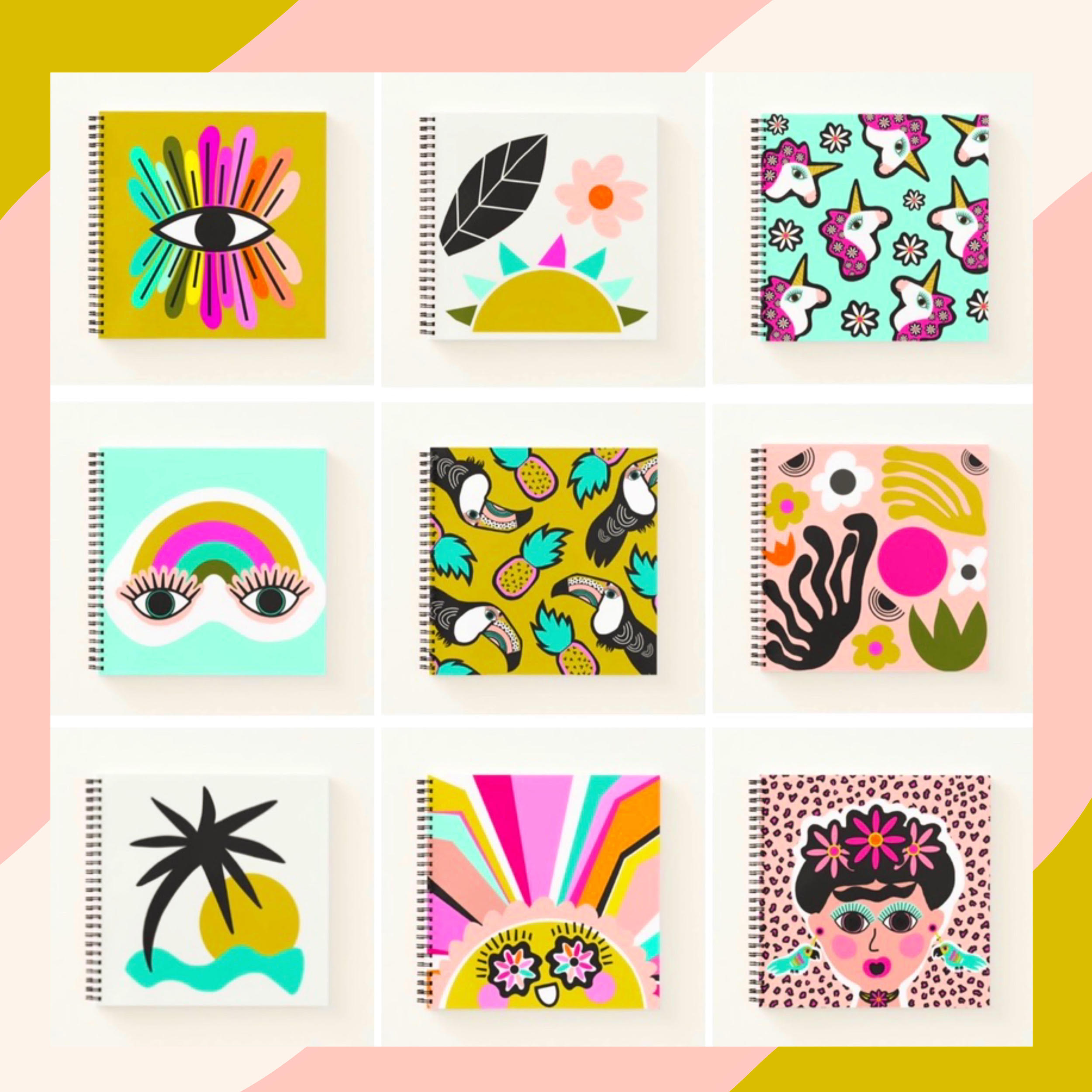
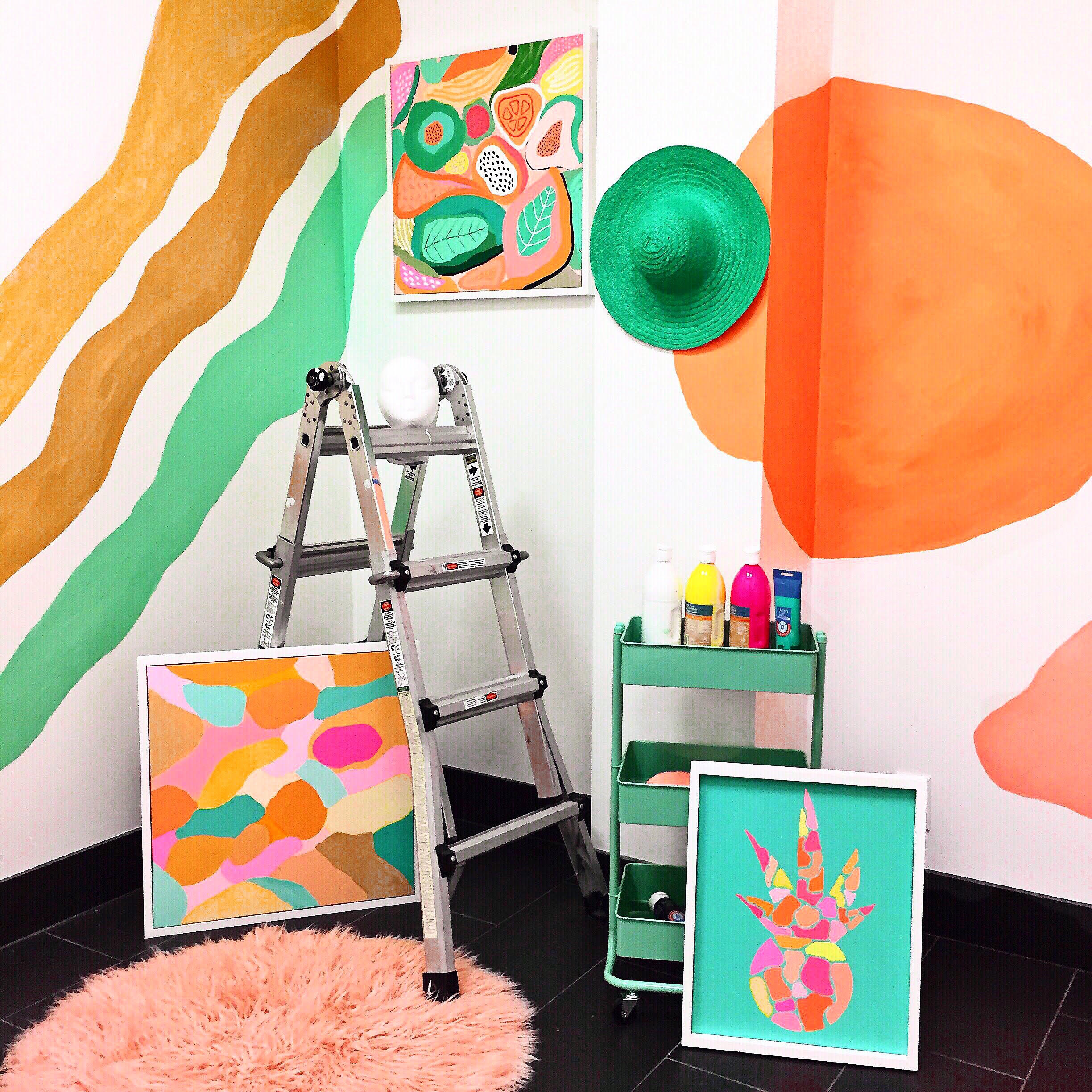
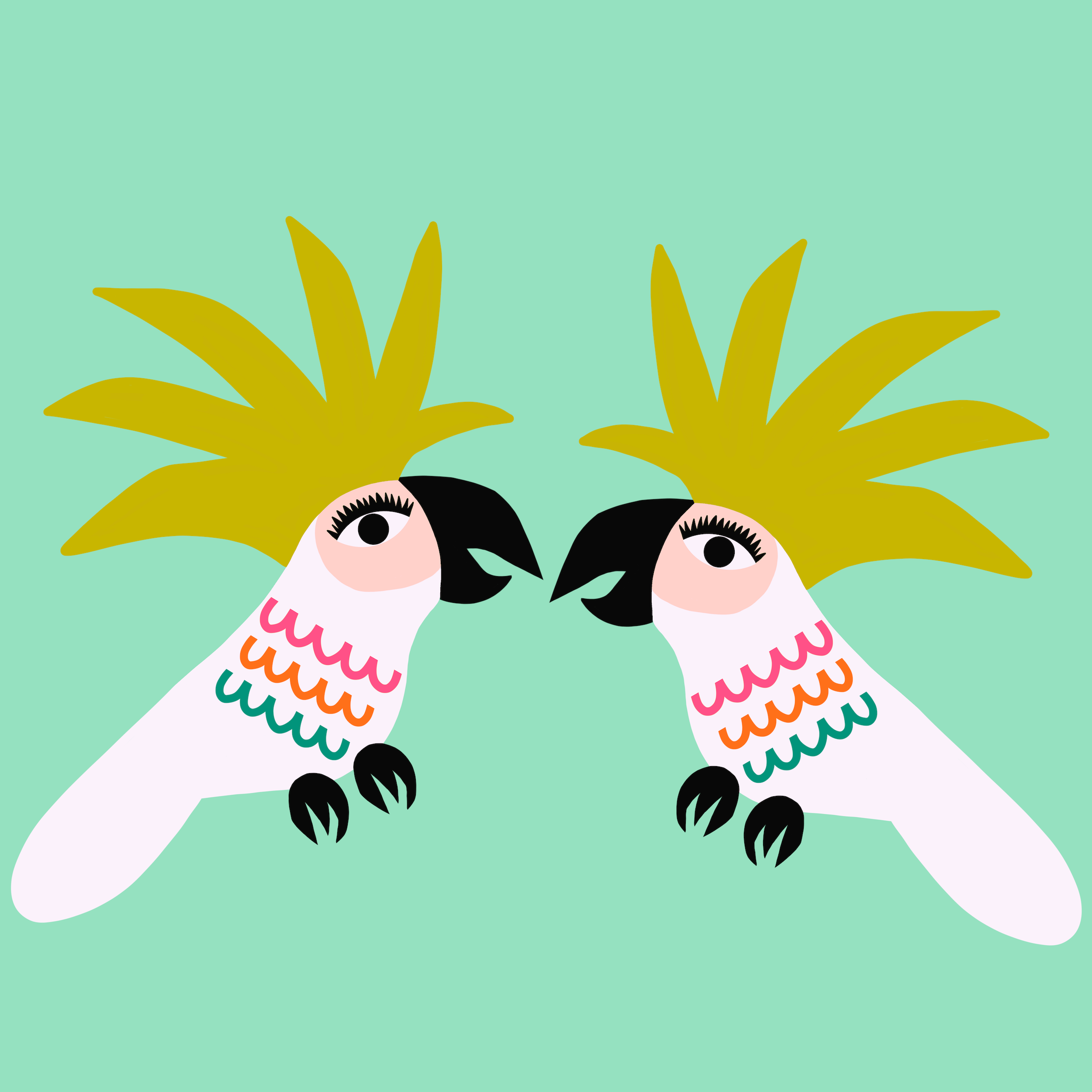

If you know Lisa, you know she has an abundance of energy and a uniquely colorful world view that spills directly onto her canvas. So it’s no surprise to see her body of work with a color scheme as loud as an overhead flight path and angles that would, in any other context, create a sense of alarm, all wrapped up in a warm blanket of optimism.
It’s a lot like a hug for your eyes.
I met Lisa a year ago and almost instantly noticed that, unlike most people, she didn’t care for the usual societally-primed dance of filtering herself down to some likable facade. She’s very much what you see is what you get. And not in the way that people use to justify their subpar personalities. She’s the kind of person who will break out into an interpretative dance because she can, making no moment a dull one around her.

Creatives have a natural urge to take what they see in their head and find a way to bring it into the world. In a way, the creative process is akin to the birthing of ideas. This makes looking at Lisa’s vibrant art like opening a direct portal into her rainbow mind. As if all of this wasn’t enough, the truly impressive thing about Lisa is that she creates beautiful art and spreads joy all over the world while coping with a major mental illness, Obsessive-Compulsive Disorder (OCD).

“Obsessive-compulsive disorder (often shortened to OCD) is a mental disorder that causes repeated and unwanted thoughts and/or feelings (obsessions) and actions (compulsions). Anxiety is one of the most common symptoms and can lead the individual to believe that if a task is not completed, something bad may happen. Such a task may be washing hands many times. This belief leads to more anxiety and tension. The actions that someone takes to stop the thoughts and feelings can take more than an hour every day. OCD can limit one’s ability to take part in relationships, the workplace, and in society in general. OCD affects around 1.2% of the world’s population, and it affects the lives of around 15%. In the United States, about one in fifty adults has OCD.” -source
Meet Lisa

When did art come into the picture?
LK: Omg I was NEVER into art growing up! I was an overachieving student-athlete. I played basketball and ran track and cross-country. I pursued a Master’s degree in Speech-Language Pathology and worked with children at a private practice in Boston.
I left my career due to burnout. At the time I didn’t realize why I was so burnt out: I was coping with an undiagnosed mental illness, Obsessive-Compulsive Disorder (OCD). OCD consumed my life, and I didn’t know how to cope.
For years, I was too embarrassed to talk about my OCD or ask for help. Admitting that something was wrong with me made me feel like a failure. I had always been a perfectionist and a hard worker. Why was this something I couldn’t just overcome on my own? Wasn’t I trying hard enough?
It was during this time in my life when I tried everything I could think of to relieve my anxiety and “cure” my OCD. I did yoga, meditation, writing, traveling, and made major life changes. Eventually, art was something I just happened to stumble upon. While creating, I found myself transported into a world where my anxiety subsided, everything was quiet, and form and color enveloped my consciousness. The sense of peace and joy I found in art was like nothing I had ever experienced before.


Explain your experience with OCD?
LK: I have contamination OCD. It makes me feel like things are dirty when they are actually clean. The compulsions I perform are excessive cleaning and organizing along with perseverating with numbers and counting. The maddening part of this illness is that even though intellectually I know something is clean, my OCD continually convinces me that it is not, which leads me to complete pointless compulsions over and over again.
How does OCD affect your day to day life?
LK: OMGOD where do I start?! OCD is my life. My entire daily routine revolves around it. My main goal every day is to accomplish my exposure therapy. Everything else is secondary.
Exposure therapy is the primary behavioral treatment for OCD. There is absolutely nothing complex about it. When you feel the crushing anxiety of an obsession, you simply do not perform the compulsion. Yep, that’s it. I will forever be amazed by how easy and difficult a thing can be at the same time. Basically, when you don’t perform a compulsion, you experience intense anxiety, but over time with repeated exposures, that anxiety decreases to a point that is increasingly bearable. It’s akin to building an OCD “muscle” that gradually gets stronger over time.
I have had a lot of success with exposure therapy. However, the difficulty with this technique is that anxiety levels naturally fluctuate from day to day and sometimes even minute to minute. These fluctuations are influenced by a million factors, many of which are completely out of our control. Therefore, performing exposure therapy one day can feel completely different from the next. It’s almost like your OCD muscle is never at a consistent strength, which is super frustrating because it takes you on a roller coaster of progress and setback.
And by the way, if what I’m saying doesn’t make sense, that makes sense. OCD is a peculiar little thing. The best analogy I have been able to come up with is that of building a muscle at the gym. Imagine you want to be able to do a 20-pound bicep curl. You start with 5 pounds, then 10 pounds, and so on. You eventually accomplish your goal with consistent, predictable progress. Now imagine lifting 10 pounds for a month. You’re ready to move on to 20 pounds, but the next time you go to the gym, you can’t even lift the 5-pound weight. This is what OCD feels like.

Having a mental health disorder obviously comes with its negatives, but have you found any way in which it works like a superpower?
LK: OCD is for sure my artist superpower! It compels me to create, and I won’t stop working on a piece of art until it feels “right.” Ultimately, without OCD, I would make very bad art.
When were you diagnosed?
LK: I had symptoms of OCD since age 24, but I didn’t get diagnosed until age 32. A delayed diagnosis like this is an unfortunate trend with mental health disorders. This is the primary reason why I am now willing to speak up about OCD. I want others to hear my story and know that it’s okay if you can’t do this on your own. Seeking help is an act of bravery, not a sign of weakness!

Is the creative process an outlet for your OCD?
LK: 1000% yes! My art and my OCD are intrinsically intertwined, and I could never have one without the other. Art is a channel for me to transform my obsessive, anxious energy into something tangible and beautiful. It helps me connect with the world and with others and grants me a sense of fulfillment that I cannot get from anything else.

Besides making art, are there other things you do to improve your mental health?
LK: So many things!!! Firstly, I always start my day with yoga or exercise. It helps my mind slow down and focus on the day’s goals. I make sure to stay hydrated and eat regular meals. It seems so basic, but my anxiety soars without adequate snacks. Hangry is a real thing, people. I take breaks throughout the day to get fresh air, even if it’s just a quick walk around the block or swinging in my hammock chair. I have a strict 10 pm bedtime to which I (almost) always adhere. I consciously cut out all the “noise” in life and stay focused on the things that really matter, which are my health and happiness and spending time with people who feel like sunshine!

Art is an experience that is unique to each viewer, almost making the art you create a little different each time it’s viewed. How do you hope the end-viewer is seeing your art?
LK: When people look at my art, I want them to smile, connect with the happy things in life, and feel warm sparkles of pure sunshine spread across their faces.
Mental health has been a rare topic up until very recently, what do you wish people knew about your experience with OCD that they might not?
LK: I am always congratulated on my art, but the truth is that art comes easily to me. What’s hard are the most mundane daily tasks like showering and laundry. It’s all a bit ironic because, for me, my biggest daily accomplishment is successfully completing exposure therapy, but no one ever sees it!

If you could paint on absolutely ANYTHING in the entire world, no limitations, not even gravity, what would you paint and why?
LK: Oh this is easy! I would paint pink and yellow rainbows all over the sky that would sparkle whenever the sun shines and giggle whenever it rains!
What keeps you motivated?
LK: Ah! Well, this is exactly where OCD comes in handy! I don’t draw because I feel like it. I draw because I am compelled to. I won’t stop working on a piece of art until I’m absolutely in love with it. The feeling I get when I reach that point is one of the best feelings in the world!

What’s your overall goal with your creative pursuits?
LK: I’d love to walk into a fancy store and see my designs all over the place, but that’s not my primary objective. I make art because it makes me happy. It helps me stay positive, gives me purpose, and ultimately makes me a better person every day.


You mentioned that you won’t stop working on a piece until it feels ‘right’. What does that feel like for you?
LK: That’s something that transcends logical explanation. It has nothing to do with how long I work on a piece or how much I think other people will like it. Rather, feeling “right” is akin to an “aha” moment when I look at something and all I feel is pure joy.
Coffee or Tea?
LK: Cream and sugar with a splash of coffee!


